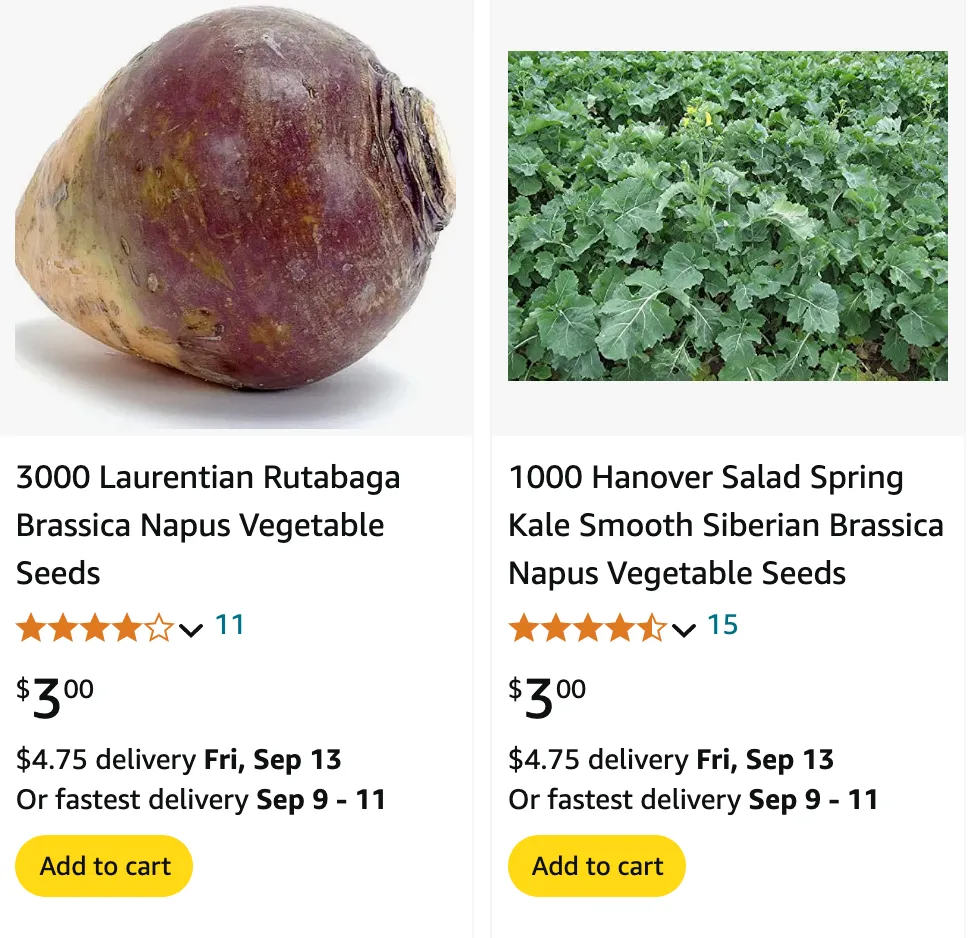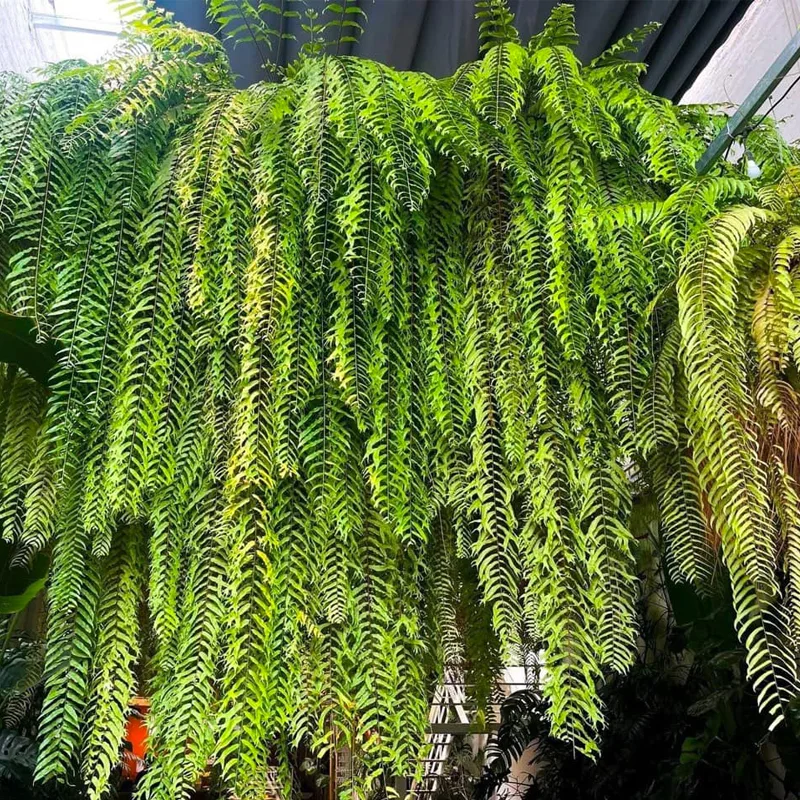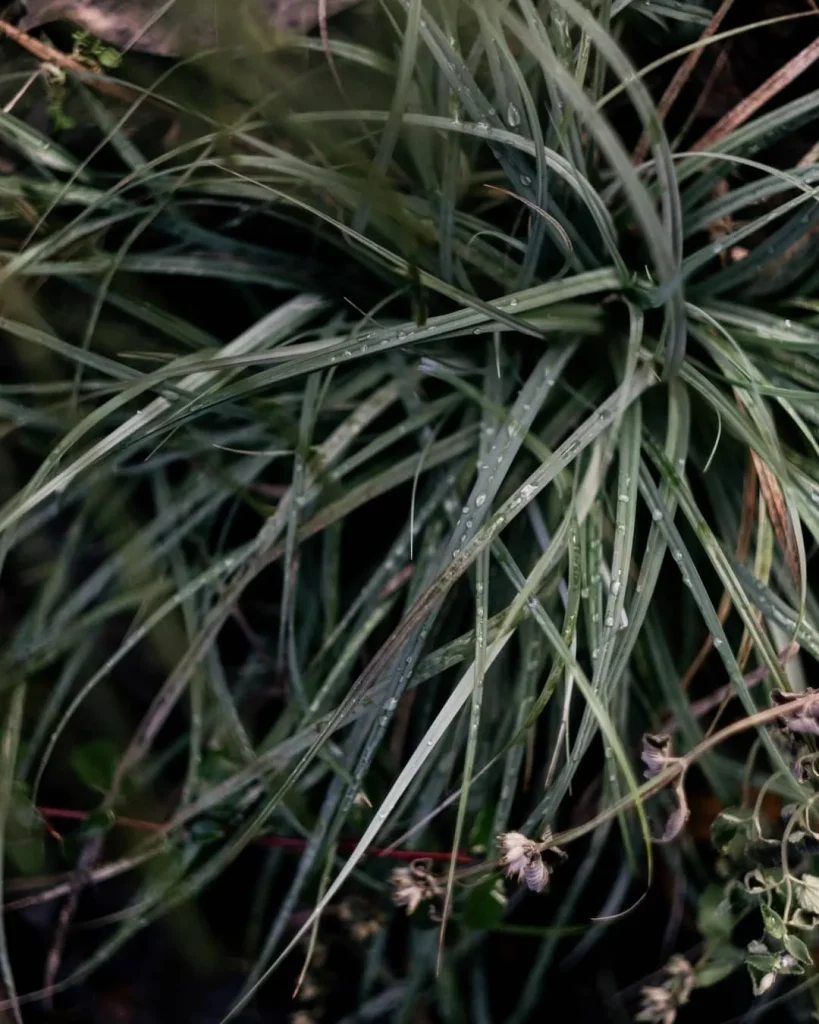
What is Brassica Napus?
Brassica Napus, commonly known as oilseed rape or canola, is a plant species from the Brassicaceae family. It is primarily grown for its seeds, which are used to produce canola oil, a popular cooking oil known for its light flavor and high smoke point. This plant is also valued for its edible leaves, which are commonly used as greens in various cuisines. Brassica Napus is a versatile and economically important crop due to its use in both culinary and industrial applications.
42 Species in Genus Brassica
How to Propagate Brassica Napus?
Propagating Brassica Napus is relatively straightforward and can be done through seed sowing. If you’re growing it from seeds, you can start indoors or directly in the garden. For indoor propagation, sow the seeds in seed trays filled with a well-draining potting mix about 6-8 weeks before the last expected frost. Maintain a temperature of around 65-70°F (18-21°C) for optimal germination. Once the seedlings have developed a couple of true leaves, you can transplant them into larger pots or directly into the garden.
For outdoor sowing, wait until the soil temperature is at least 50°F (10°C) and there’s no danger of frost. Sow the seeds directly into well-prepared soil, spacing them about 1/2 inch deep and 6-12 inches apart. Ensure the area gets full sun and has well-draining soil. Brassica Napus will thrive with regular watering and can benefit from a balanced fertilizer to support healthy growth.
Is Brassica Napus a Monocot or Dicot?
Brassica Napus is a dicotyledon, or dicot for short. This means it has two embryonic leaves, or cotyledons, in its seedling stage. Dicots are characterized by having broad leaves with a network of veins, and their flowers typically have parts in multiples of four or five. This classification helps differentiate Brassica Napus from monocots, which have only one cotyledon and parallel-veined leaves.
Is Red Russian Kale Brassica Napus?
No, Red Russian kale is not Brassica Napus. It is actually a variety of Brassica Oleracea, which is a different species within the same Brassicaceae family. Red Russian kale is known for its tender, frilled leaves and purple-red stems, which are distinct from the broader, more upright leaves of Brassica Napus. While they share some similarities in terms of their nutritional value and culinary uses, they belong to different species and have different growing requirements.
What is Brassica Napus Oil?
Brassica Napus oil, commonly known as canola oil, is derived from the seeds of the Brassica Napus plant. This oil is popular in cooking due to its neutral flavor, high smoke point, and beneficial fatty acid profile. It is low in saturated fat and contains a good balance of monounsaturated and polyunsaturated fats, including omega-3 and omega-6 fatty acids. Canola oil is also used in various industrial applications, including biofuels and lubricants, due to its versatile properties.
What is the Meaning of Brassica Napus?
The name “Brassica Napus” comes from Latin roots. “Brassica” is a genus name used for various species of cruciferous vegetables and is derived from the Latin word for cabbage. “Napus” is thought to be related to the Greek word “napos,” which means turnip, reflecting the plant’s historical use as a turnip-like vegetable. The name essentially highlights the plant’s heritage and its close relationship to other cruciferous plants.
Where Does Brassica Napus Come From?
Brassica Napus is believed to have originated in the Mediterranean region. It was cultivated as early as 2000 BC, with historical evidence suggesting its use in ancient agriculture. Over time, it spread to various parts of Europe and Asia. Today, it is grown worldwide, particularly in temperate climates where it is valued both for its oil and as a forage crop for livestock.
Will All Brassica Napus Cross with Each Other?
Yes, Brassica Napus varieties can cross with each other. They are capable of cross-pollination due to their compatibility within the species. However, if you’re growing different varieties of Brassica Napus and want to prevent cross-pollination, it is essential to consider their flowering times and spatial separation. Crossbreeding can result in hybrid seeds, which may have different characteristics from the parent plants.
How to Care for Brassica Napus?
Caring for Brassica Napus involves providing it with the right growing conditions. This plant thrives in well-draining soil with a pH of 6.0 to 7.0. Regular watering is essential, but avoid waterlogging, as it can lead to root rot. Brassica Napus benefits from periodic fertilization, especially during the growing season, to support its development and yield. Keeping the plants free from weeds and pests will also help maintain their health.
What to Plant with Brassica Napus?
Brassica Napus can be planted alongside other vegetables such as carrots, beets, and lettuce. These companion plants often have different nutrient needs and growth habits, which can help maximize garden space and reduce competition. Avoid planting Brassica Napus next to other Brassica species to prevent cross-pollination and disease spread.
Can You Grow Brassica Napus Indoors?
Growing Brassica Napus indoors is possible but can be challenging due to its need for full sunlight and adequate space. If you’re set on growing it indoors, use grow lights to supplement natural light and choose a location with good air circulation. Keep in mind that indoor plants may have different growth patterns compared to those grown outdoors.
Is Brassica Napus Toxic?
Brassica Napus is generally not toxic. However, the seeds and leaves contain compounds called glucosinolates, which can be harmful in very large quantities. In typical dietary amounts, these compounds are not a concern and can be part of a healthy diet. Always ensure you consume these plants in moderation and follow proper preparation methods to minimize any potential risks.
Benefits of Brassica Napus
Brassica Napus offers numerous benefits. Its oil is widely used in cooking and baking due to its health benefits and versatile applications. The plant’s leaves are nutritious and rich in vitamins and minerals. Additionally, Brassica Napus contributes to soil health through its deep root system and is a valuable crop for farmers due to its high yield and multiple uses.
If i die, water my plants!



